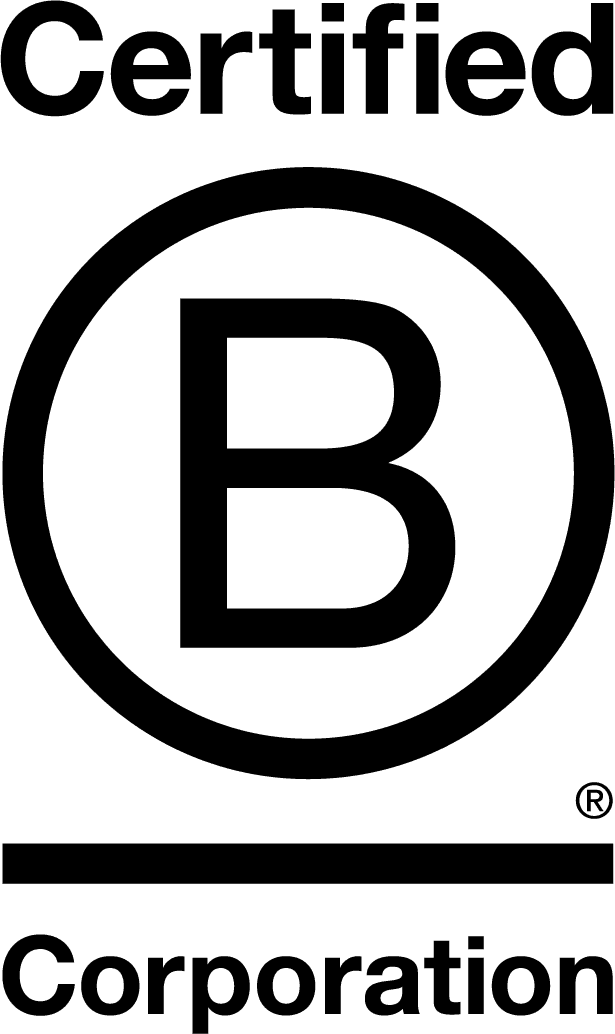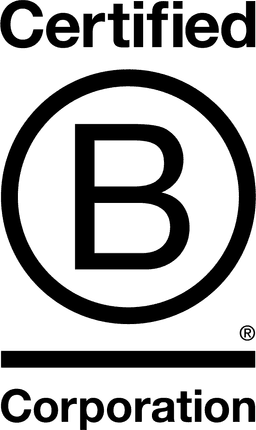

Coventry Building Society

Warwickshire, United Kingdom
July 2023
Deposit bank - Developed Markets
Service with Minor Environmental Footprint
United Kingdom
Coventry Building Society is the second largest building society in the UK with total mortgage assets of £43.5bn and £38.2bn in savings balances as of December 2020, serving over 2 million members. The Society is led by Steve Hughes who joined as CEO of Coventry in April 2020 and has steered the business effectively through the pandemic and continues to drive an ambitious strategy. The Society provides residential mortgages and savings products to personal customers based in the UK. 90% of mortgage products are distributed via mortgage brokers and intermediaries. Mortgage lending is lower risk than average, protecting borrowers and investors from economic shock. This resilience is reflected in the strong financial performance of the Society, low arrears, and low repossession rates. Savings products include instant and partial access products, fixed rate bonds and ISAs, which are available on platforms such as the cash marketplace offered by Hargreaves Lansdown. As a consequence of the low cost of operation and risk, the Society can operate with lower net interest margins, therefore offering consistently attractive interest rates and products to savings and mortgage members. In line with its business model, the Society aims to be highly efficient and there is a culture of care in
Overall B Impact Score
Governance 20.5
Governance evaluates a company's overall mission, engagement around its social/environmental impact, ethics, and transparency. This section also evaluates the ability of a company to protect their mission and formally consider stakeholders in decision making through their corporate structure (e.g. benefit corporation) or corporate governing documents.
What is this? A company with an Impact Business Model is intentionally designed to create a specific positive outcome for one of its stakeholders - such as workers, community, environment, or customers.
Workers 29.6
Workers evaluates a company’s contributions to its employees’ financial security, health & safety, wellness, career development, and engagement & satisfaction. In addition, this section recognizes business models designed to benefit workers, such as companies that are at least 40% owned by non-executive employees and those that have workforce development programs to support individuals with barriers to employment.
Community 18.7
Community evaluates a company’s engagement with and impact on the communities in which it operates, hires from, and sources from. Topics include diversity, equity & inclusion, economic impact, civic engagement, charitable giving, and supply chain management. In addition, this section recognizes business models that are designed to address specific community-oriented problems, such as poverty alleviation through fair trade sourcing or distribution via microenterprises, producer cooperative models, locally focused economic development, and formal charitable giving commitments.
Environment 15.3
Environment evaluates a company’s overall environmental management practices as well as its impact on the air, climate, water, land, and biodiversity. This includes the direct impact of a company’s operations and, when applicable its supply chain and distribution channels. This section also recognizes companies with environmentally innovative production processes and those that sell products or services that have a positive environmental impact. Some examples might include products and services that create renewable energy, reduce consumption or waste, conserve land or wildlife, provide less toxic alternatives to the market, or educate people about environmental problems.
What is this? A company with an Impact Business Model is intentionally designed to create a specific positive outcome for one of its stakeholders - such as workers, community, environment, or customers.
Customers 11.7
Customers evaluates a company’s stewardship of its customers through the quality of its products and services, ethical marketing, data privacy and security, and feedback channels. In addition, this section recognizes products or services that are designed to address a particular social problem for or through its customers, such as health or educational products, arts & media products, serving underserved customers/clients, and services that improve the social impact of other businesses or organizations.
What is this? A company with an Impact Business Model is intentionally designed to create a specific positive outcome for one of its stakeholders - such as workers, community, environment, or customers.